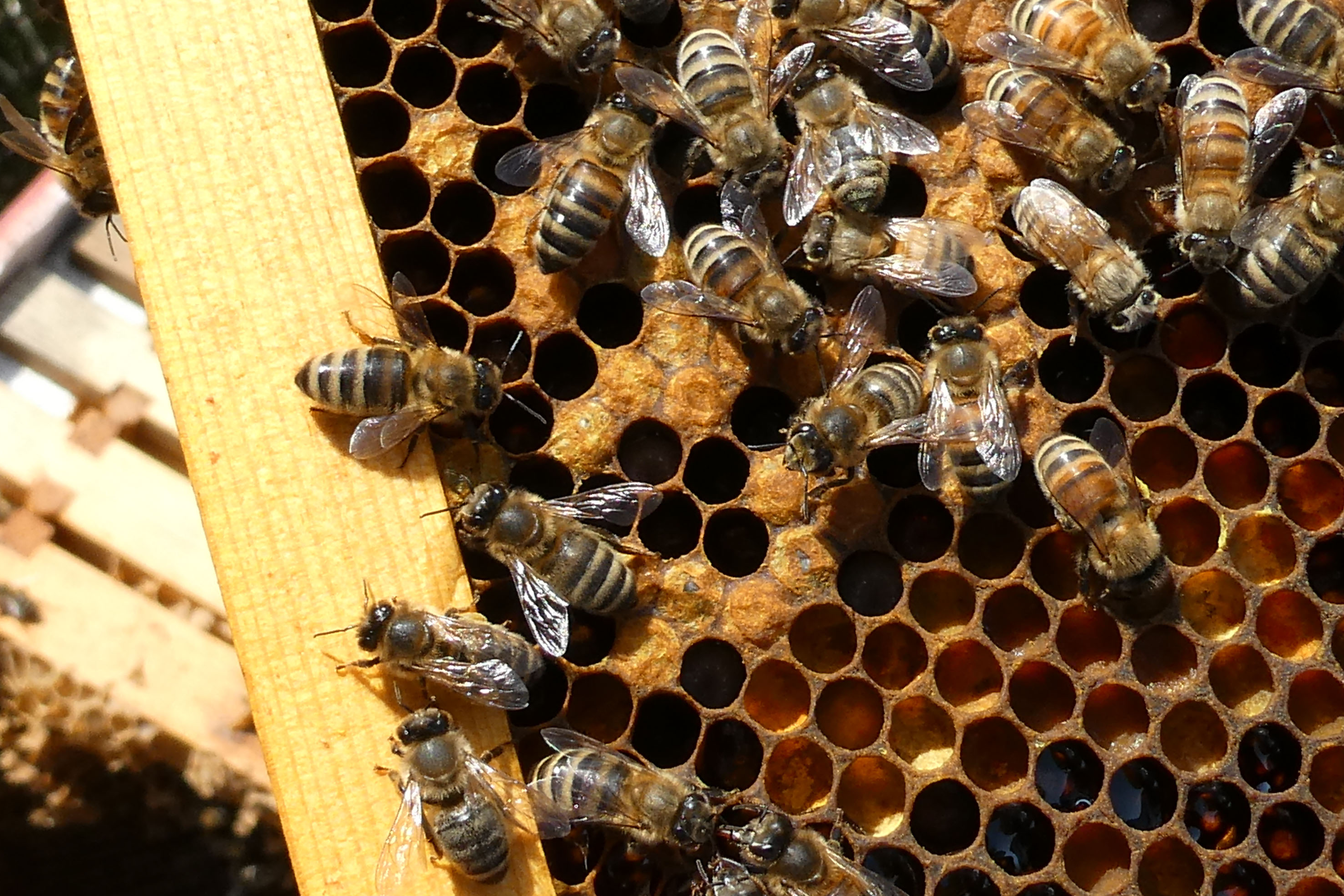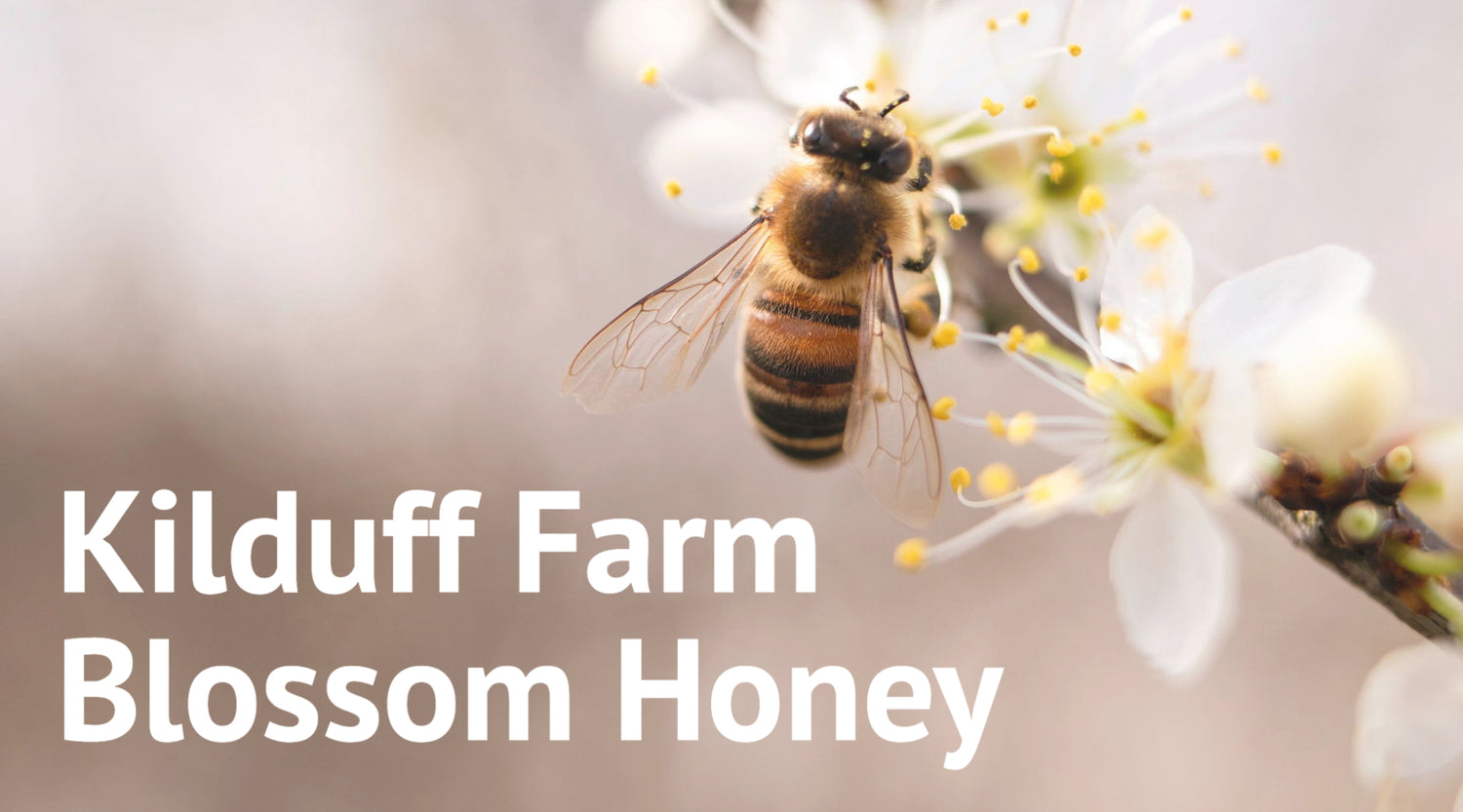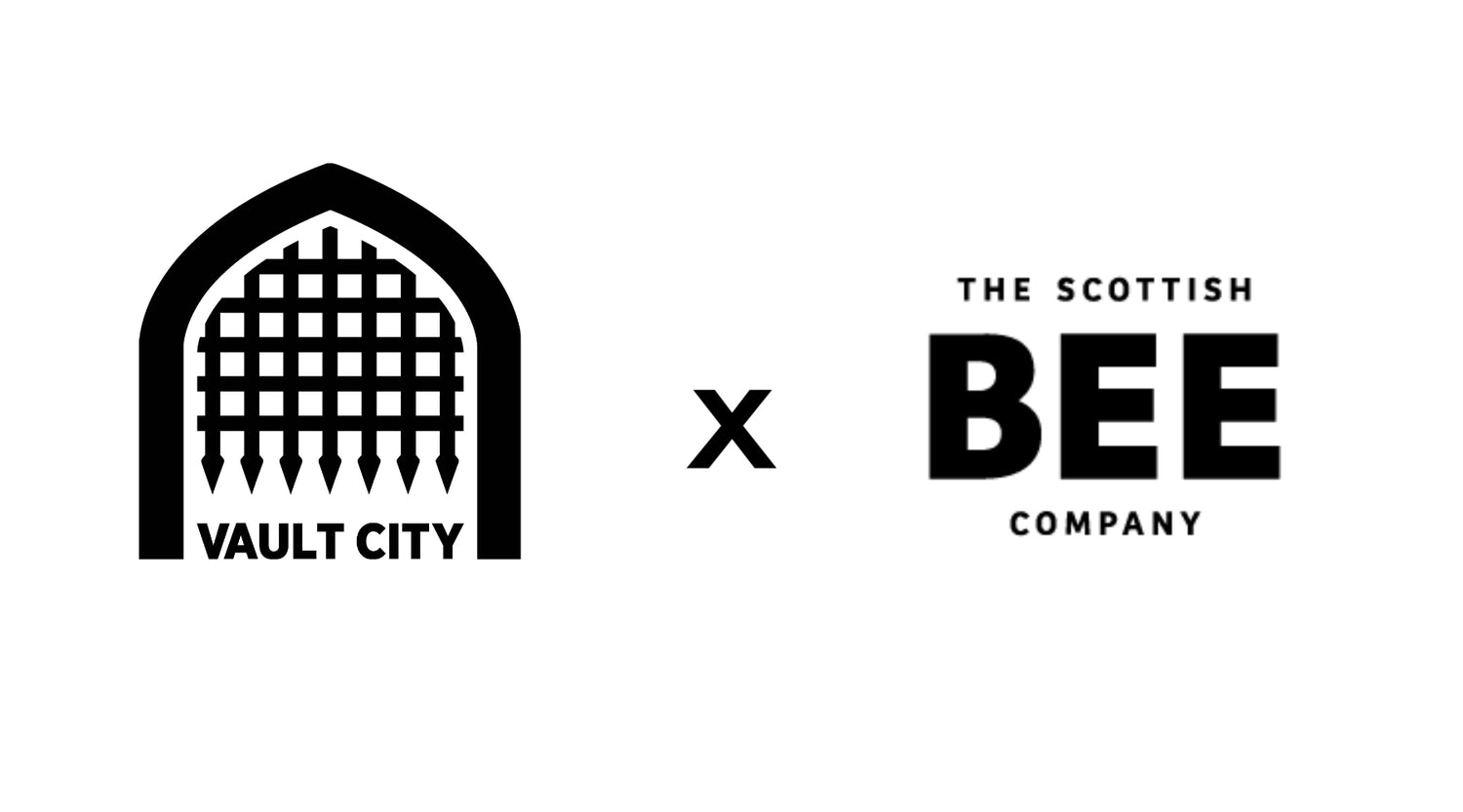How do bees make honey?
There are a few different stages involved in the honey making process and it all begins with the symbiotic relationship between honeybees and plants. Plant species entice the bees to their flowers with a sugary treat known as nectar – a solution of sugar and water.
Our bees produce three types of honey through pollinating range of plant species. Try our range by clicking below!
Foraging
Foraging worker bees are always on the hunt for this sticky goodness. They want to collect nectar, convert it into honey and use it as a food source for the colony. While collecting the nectar the bees are providing a great service to the plant as they inadvertently brush against pollen. As they fly off, they will distribute this pollen to other flowers that they visit thus aiding in pollination! Here at the Scottish Bee Company we donate a percentage of all our sales to our charity rePollinate to help with pollination - check it out here.
Digesting
Back to the nectar. The second the honeybee ingests nectar the process of converting it into honey begins. The honeybee uses her proboscis (tongue) like a straw to suck the nectar off the flower and straight into her stomachs. Yes you read that right - honeybees have two stomachs. Some of this nectar will go into the bee’s main stomach to digest for energy. The rest will go into her honey stomach. In this stomach the conversion of nectar into honey will commence as she transports the nectar back to the hive.
The honey stomach doesn’t digest nectar and can hold around 70mg, weighing almost as much as the bee. Once the nectar enters this stomach, enzymes will begin to break down complex sugars into simple sugars. These simple sugars are less prone to crystallisation and this process is called inversion.
Delivery
Upon her arrival at the hive, the honeybee will unload her haul to a house bee through mouth to mouth contact (trophallaxis). Once the house bee takes in the nectar her own enzymes continue to break down the sugars. The nectar gets passed around from bee to bee and as it does the moisture content rapidly reduces to around 20%. With the moisture content way down the nectar is ready to go into a cell in the comb. The bees fan the nectar and this, combined with the temperature of the hive help to evaporate the remaining moisture. As this happens, the sugars thicken into honey. This lack of moisture prevents fermentation and is part of what makes honey such a long lasting food.
Once a cell is full of honey the worker bees will seal it with a protective wax cap. It is now ready to be used by the colony as and when they need it.







1 comment
I live in Bellingham Massachusetts, USA. I wandered onto your site after taking part 1 of a 4 part beginner beekeeping class yesterday. (We only went over the basic Hive and I was too curious to wait til next week for bee anatomy/physiology) I was curious about the honey product, the how and why of it, and your explanation of the processses involved are extremely well written and understandable, which is much appreciated. Less scientific terms and easily relatable. Do you have a book available on Beekeeping for beginners written in this style? If you don’t, you should!